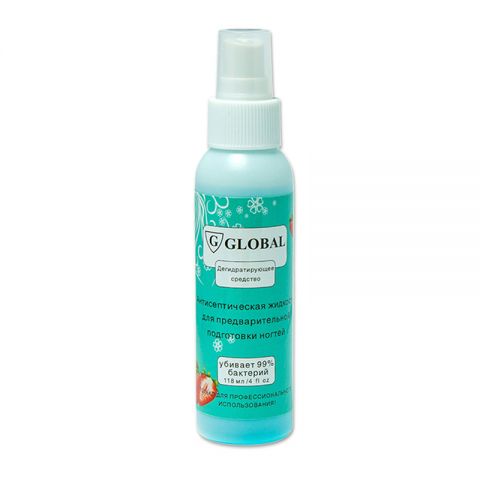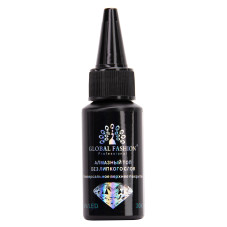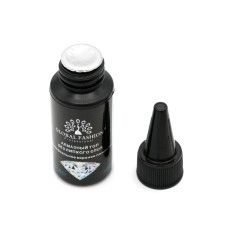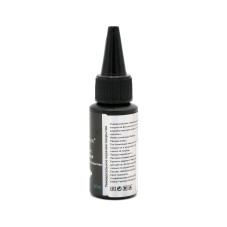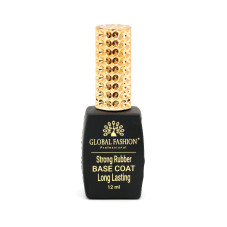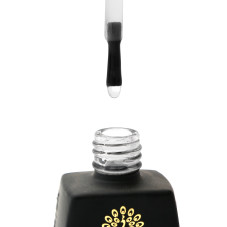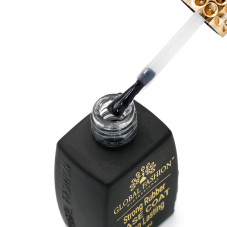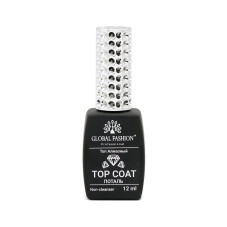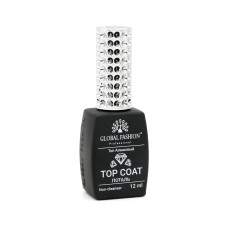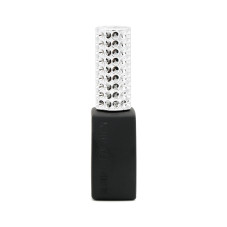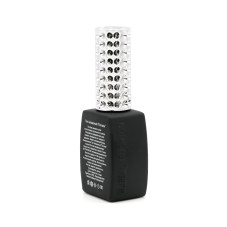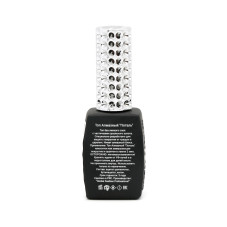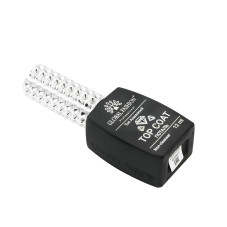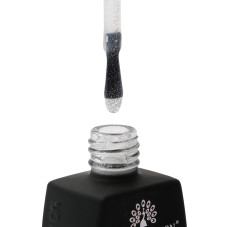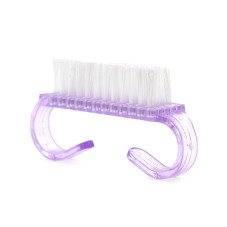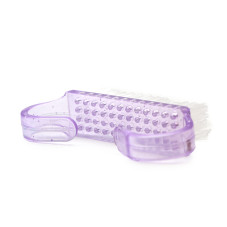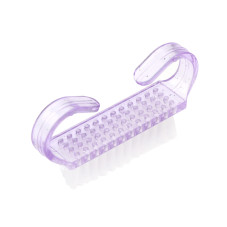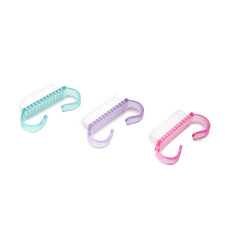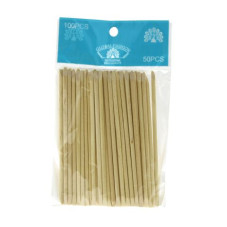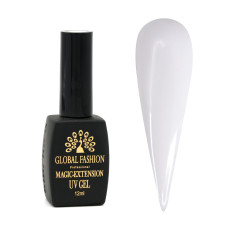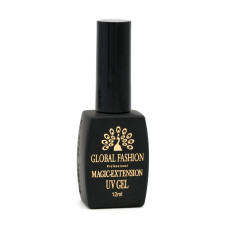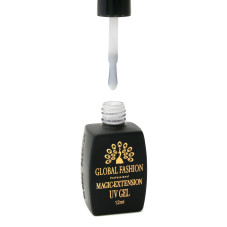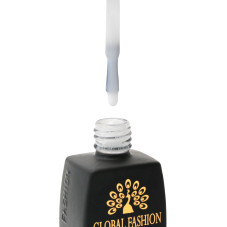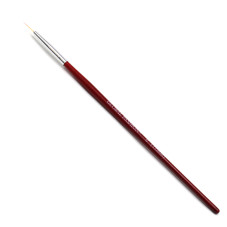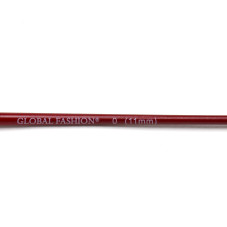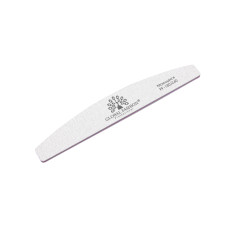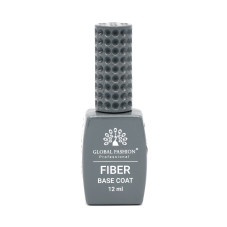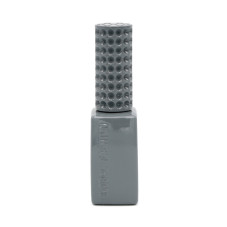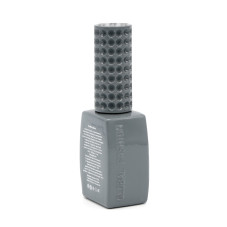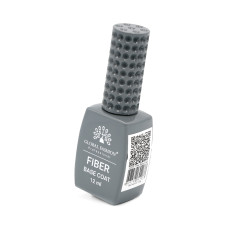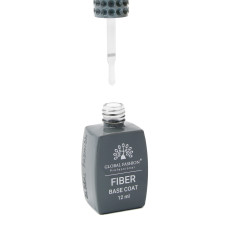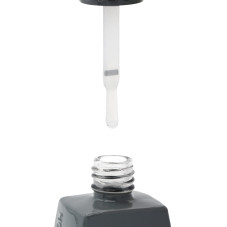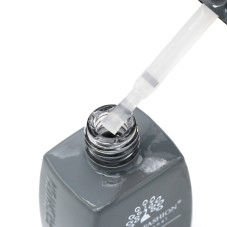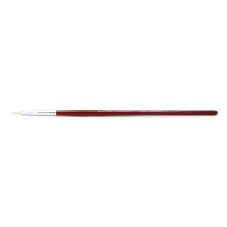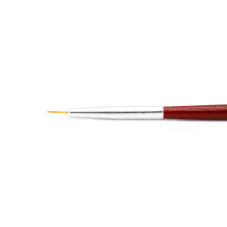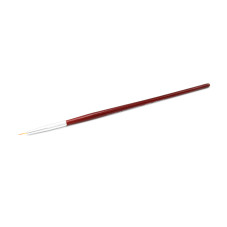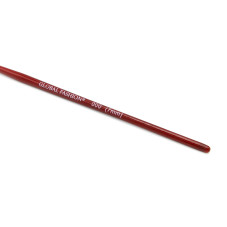Antiseptic liquids are commonly used to prevent wound infection and promote healing. These liquids contain active ingredients that are designed to fight off bacteria and other harmful microbes that may cause infections. One common type of antiseptic liquid is povidone-iodine, which is widely used in hospitals and clinics for pre-surgical skin preparation.
Apart from povidone-iodine, other antiseptic liquids may contain chemicals like alcohol, hydrogen peroxide, and chlorhexidine. These active ingredients work by disrupting the cell membrane of bacteria and destroying them. They may also help to remove dirt and debris from the wound, allowing for faster healing.
When using antiseptic liquids, it is important to follow the directions carefully. Some liquids may need to be diluted before use, while others may need to be applied directly to the wound. It is also important to avoid using too much liquid or applying it too frequently, as this can cause skin irritation and delay healing.
Antiseptic liquids may be used for a wide range of wounds, including cuts, scrapes, and burns. They may also be used for nail extensions, as they help to prevent infections that can occur when nails are damaged or broken. When using antiseptic liquids on nails, it is important to apply them carefully and avoid getting the liquid on the surrounding skin, as this can cause skin irritation.
If you have an allergic reaction to an antiseptic liquid, stop using it immediately and seek medical attention. Common signs of an allergic reaction include rash, itching, and swelling.
In conclusion, antiseptic liquids are an effective way to prevent wound infections and promote healing. They are widely used in hospitals and clinics, and are also available over-the-counter for home use. When using antiseptic liquids, it is important to follow the instructions carefully and avoid applying too much or too frequently. If you have any concerns, speak to your healthcare provider.
